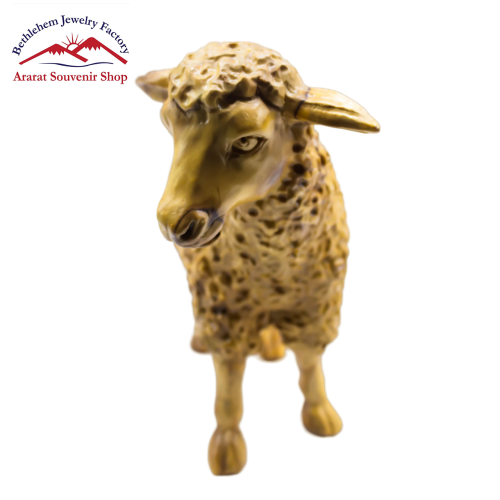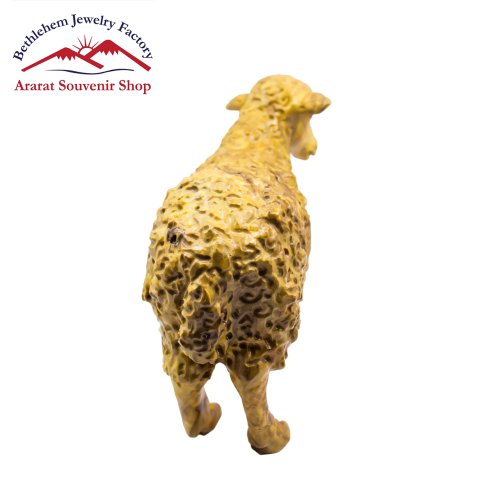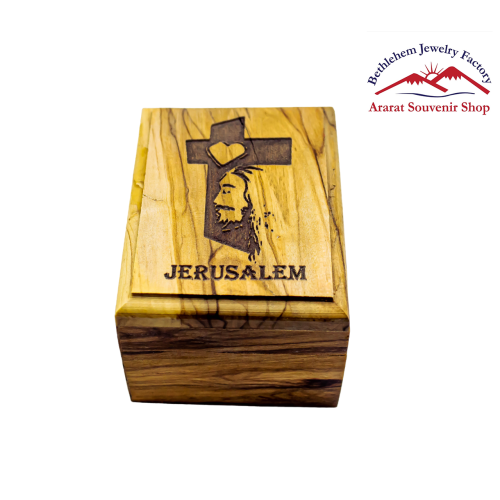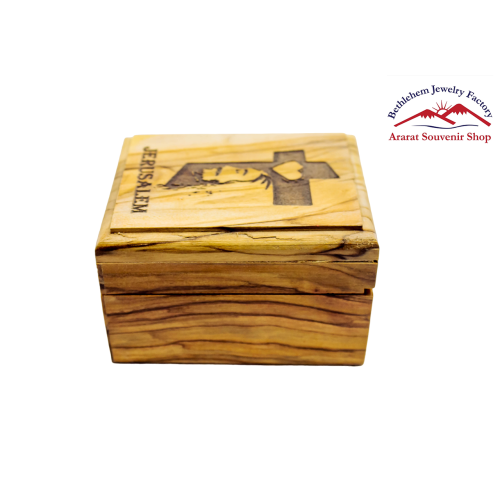King on Camel
The image of a king riding a camel conjures tales of ancient royalty, desert caravans, and grand expeditions across vast, arid landscapes. Historically, the camel, often referred to as the “ship of the desert,” has been a symbol of endurance and resilience, well-suited to traverse the harsh terrains of deserts and arid regions. The sight of a king upon this majestic creature is rich with symbolism, tradition, and a deep-rooted relationship between rulers and their environments.
Dating back thousands of years, camels have served as vital companions to monarchs, particularly in regions such as the Middle East, North Africa, and parts of Central Asia. Kings and emperors often relied on camels not only for transportation but as integral parts of their military campaigns, trade expeditions, and diplomatic missions. The use of camels allowed rulers to assert their dominance, moving efficiently across territories that could otherwise be challenging to navigate. This adaptability made camels an essential asset, further solidifying their connection to royal power.
The imagery of a king on a camel often evokes scenes from history where rulers traveled to meet their subjects, partake in ceremonial events, or engage in trade with distant lands. The grand procession would feature richly adorned camels, reflecting the wealth and status of the king. Such camels were often draped in luxurious fabrics, embellished with intricate patterns, and equipped with finely crafted saddles that showcased the craftsmanship and artistry of local artisans. These scenes served not just as practical transportation, but also as powerful statements of authority.
In various cultures, the act of riding a camel was deeply intertwined with the king’s identity. In Arab culture, for instance, the camel symbolizes strength, endurance, and hospitality. A king atop a camel embodies these traits, representing his capability to lead and protect his people in the unforgiving landscapes of the desert. The camel’s ability to endure harsh conditions reflects the king’s resilience in governance amid adversity. This symbolic relationship mirrors the connection between the ruler and his land, signifying unity and strength as they navigate challenges together.
Moreover, the camel’s association with trade and commerce further enhances the imagery of the king. Throughout history, the desert routes facilitated the exchange of precious goods, ideas, and cultures. Kings often played a pivotal role in establishing trade agreements and sponsoring explorations that enriched their kingdoms. The camel, therefore, stands as a conduit; when a king rides one, he is not merely traversing the land—he is actively participating in a network that connects various peoples and cultures. This signifies the king’s responsibility to foster prosperity and wealth within his realm.
The symbolic representation of a king on a camel can also be observed in various artistic and literary works throughout history. Depictions in paintings, tapestries, and sculptures often highlight the magnificence of the king’s attire, the ornate design of the camel’s saddle, and the entourage that accompanies them. These artistic interpretations capture moments of royal grandeur, emphasizing the significance of the king’s presence in society, while also showcasing the camel as an emblem of nobility.
In contemporary times, the legacy of kings riding camels continues in various cultural celebrations, festivals, and traditions. For instance, in many Middle Eastern countries, festivals may feature camel parades where dignitaries and leaders participate, rekindling the historical connections between royalty and these magnificent creatures. Events such as camel racing also celebrate the animal’s importance, while simultaneously evoking nostalgia for a time when kings and camels shared the stage in shaping the socio-economic landscape.
Interestingly, the relationship between kings and camels extends beyond mere utility; it embodies a deeper understanding of interdependence between a ruler and his kingdom. Just as a king leads and makes decisions for the benefit of his people, the camel relies on its handler for care, direction, and sustenance. This bi-directional relationship fosters respect and responsibility, which are essential traits for effective leadership.
In regions experiencing environmental changes due to climate and modernization, the role of camels continues to be relevant. Some traditional societies still leverage the camel for transportation and trade, while aspects of traditional leadership may echo the historical imagery of kings on camels. This continuity illustrates how deeply rooted these traditions are in cultural identity, sustaining the legacy of both the ruler and the ship of the desert.
In conclusion, the image of a king on a camel is rich in history, symbolism, and cultural significance. It represents not only the enduring partnership between humans and camels but also the interplay of power, trade, and identity across vast deserts. This remarkable tableau reflects centuries of tradition, showcasing the art of leadership and the importance of adaptability in navigating both the physical and political landscapes of the world. As we celebrate these enduring connections, the legacy of kings and camels continue to inspire narratives of resilience and unity in the face of challenges, reminding us of the rich tapestry of history that weaves through our collective consciousness.











Reviews
There are no reviews yet.